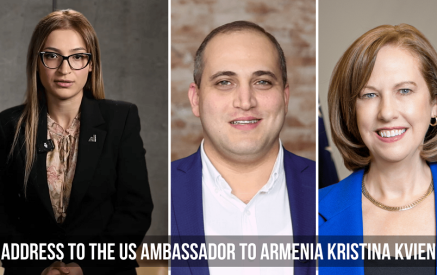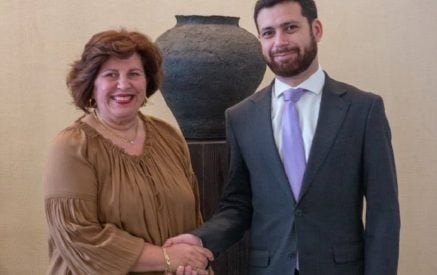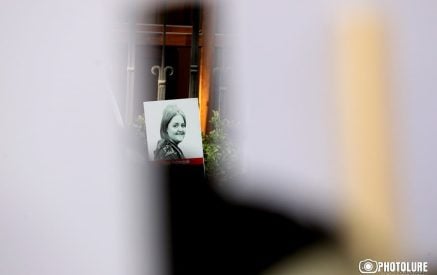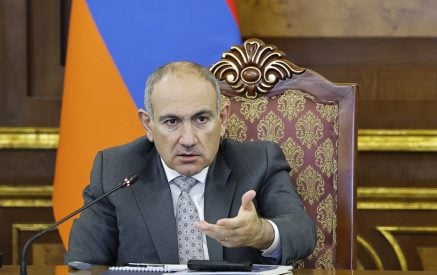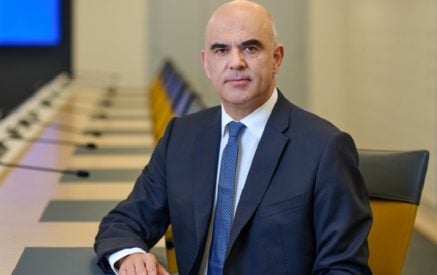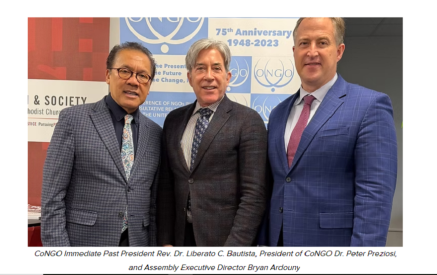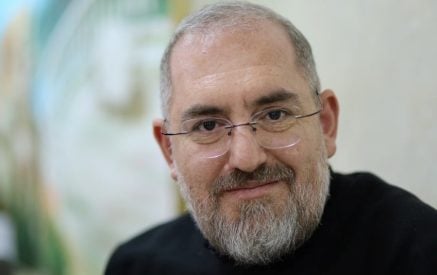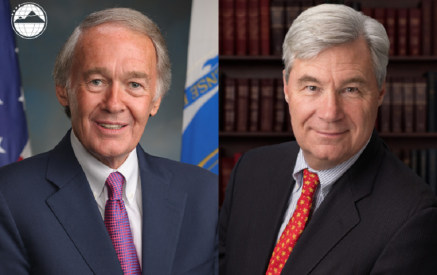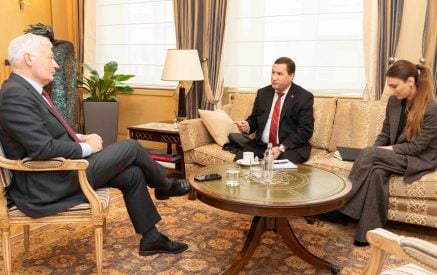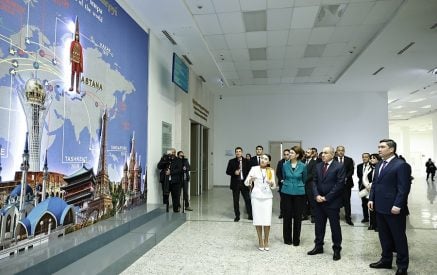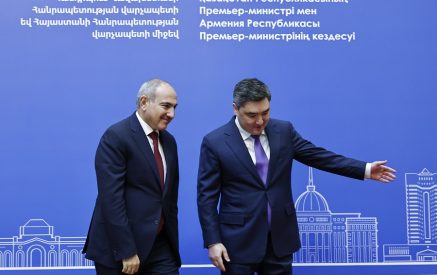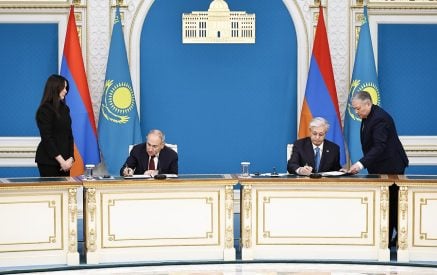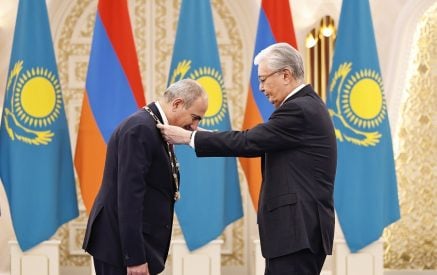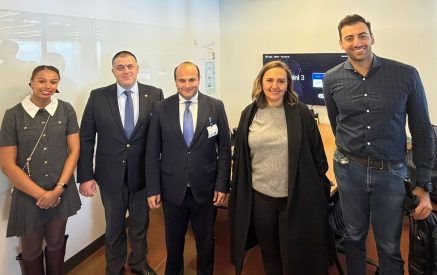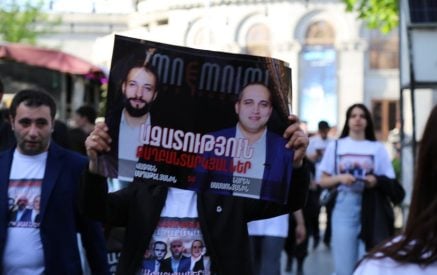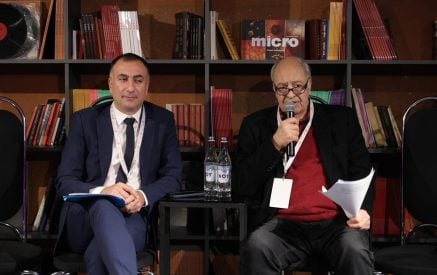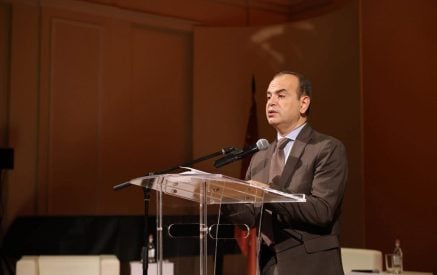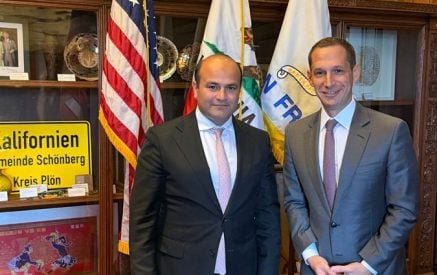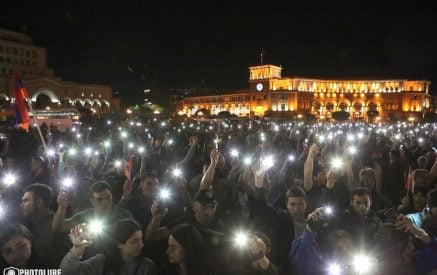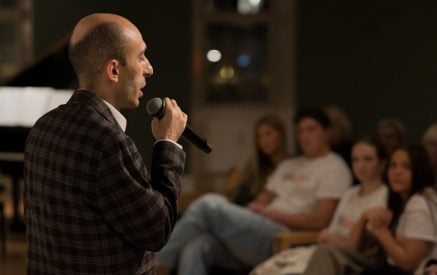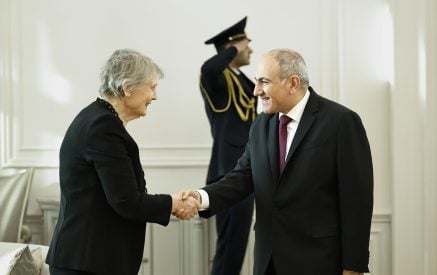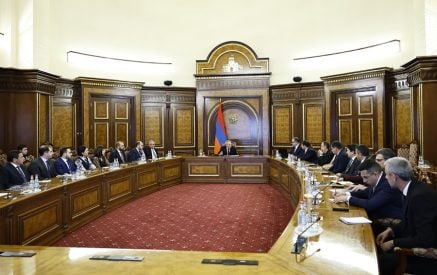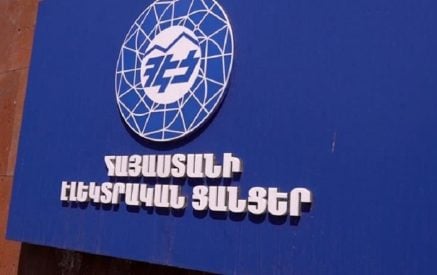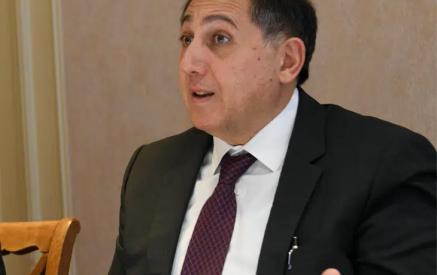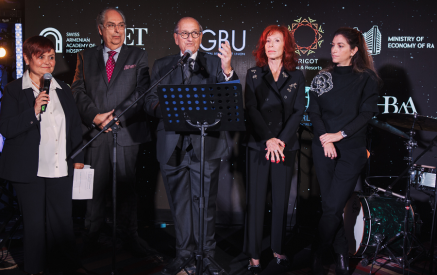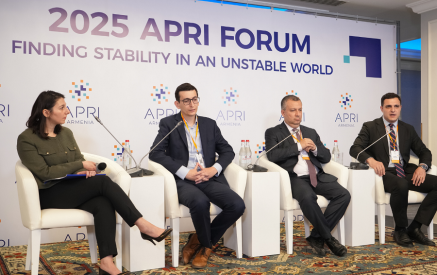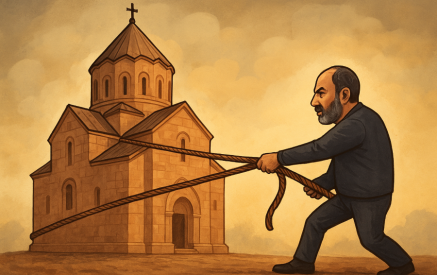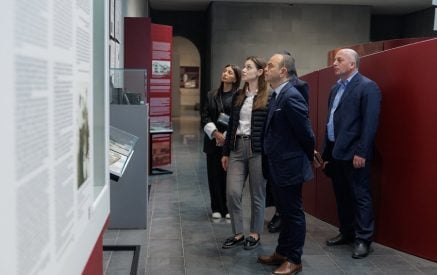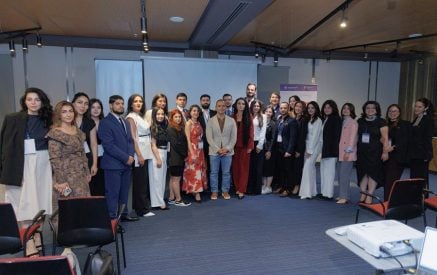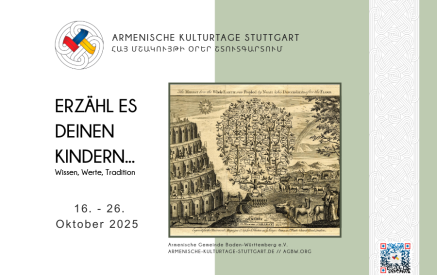The Armenian Weekly. We experience our Armenian identity in the diaspora through a variety of mechanisms. For some who are isolated from organized communities, it is through the most traditional method over the centuries—the extended family. For most who are fortunate to reside within a geographical sphere of an “Armenian community,” they connect through a diverse group of local, national and international institutions. Whether they are membership-focused institutions (AGBU, ARS, the church, AIWA, NAASR, etc.) or those with mission-based activities (COAF, Paros, etc), we have a substantial base. This week I want to focus less on the mission and more on the importance of issues such as transparency, credibility and the environment. The premise here is that we all connect with our institutions by one or both of the following: either the mission itself or through people affiliated with the mission.
It sounds noble for us to think that everyone associates with a group simply because of the mission, but we know that relationships play a major role. For example, many of us will participate or join initially with a friend or family member. Continuing participation is largely contingent on how well we “connect” with our new colleagues. Socialization is a motivator for our extended engagement. There’s nothing wrong with that approach. It is quite human. We are social creatures. How many of us stay in a job where we have interpersonal challenges and the work environment erodes motivation? Organizational experiences in our Armenian community are quite similar. We are committed to the missions we serve, but we are heavily influenced by the human dynamics. We have all witnessed individuals leaving an organization because of “personality” conflicts, not because they lost passion for the mission. It gives us great insight into how dependent our communal sustainability is on a healthy interpersonal culture. Organizations are constantly challenged with maintaining a “quality” work environment. The harmony of serving a mission is threatened by the Achilles heel of humans: our egos. Entire organizations, chapters or committees can falter when our egos control the direction. When we join an organization, it infers our commitment to the stated mission and subordinating ourselves. Confusing this hierarchy is a major cause of decline. The human element is a paradox, essential but risky. This is where sound management practices and enlightened leadership create sustainable work environments and provide a motivating experience for all who serve. This is often underestimated.
In examining this opportunity, let’s focus on two variables: the work environment we create for employees and volunteers and the role of leaders in sustaining a great environment. We often hear in our communities that we need to bring more “professionalism” to our nonprofit organizations. Too often that term has essentially become synonymous with a “corporate or business” approach. Our institutions are not corporate entities with responsibilities to shareholders who expect financial returns. We hold the values of the mission and those who serve it in high regard…in theory. The passion and compassion within our walls are critical components to our success. Our employees, by and large, come from the community they are members of. This is a unique relationship that requires careful deliberation when HIRING and MANAGING because their tenure reflects both a critical skill and devotion to our communities. We have all experienced employee relationships that end at our institutions because of personalities (egos), politics and other matters not germane to their capabilities or even serving the mission. Of course, there are also situations where it simply was a bad match. We do have the opportunity to prevent most of these distractions if we are focused on the best decisions for the mission and creating a work environment that we can be proud of.
Many of our professionals work for an Armenian institution because of their commitment to the mission and receive less compensation than the open market for their skills. They also tend to work longer hours with less personal convenience. For example, consider for a moment that individuals working for the Diocese or Prelacy work during the week as most professionals do, but our communities function essentially from Friday to Sunday (generally). If they are to interact with the community, they do so on weekends. This creates extended hours and complicated “comp” days that may or may not happen. Other nonprofits, like NAASR, offer significant programs in the evening that are administered by the day staff. These are considerations in creating and maintaining superb work environments.
Read also
My heart has wept with frustration as we have observed the revolving door at the Diocese over the last 15 years with short term executive directors and changing organizational structures. Many employees have endured prolonged periods of change and are now experiencing furloughs and pay reductions. Transparency is an issue. Who knows about this except through vague announcements? Our aloof community must stop thinking that our institutions are wind up clocks that predictably continue to serve their needs. We must attract and retain top tier talent. In order to meet that requirement, we must not only appropriately compensate but also maintain healthy work environments to attract new talent. How many talented individuals have stayed away because of what they have seen as members of the community? A lack of transparency leads to credibility issues, which will eventually introduce material challenges and instability. It is naive to think that only positive decisions impact tomorrow. In our community, we have many outstanding work environments. We also have some that require serious upgrades. Let’s focus on sustaining the positive and the will to improve the remaining. The mistake is not in having challenges but rather ignoring the opportunity.
This issue of transparency and credibility in large part is a management challenge in the hands of our leaders. Management is a responsibility that is assumed through election, employment or appointment. Leadership is also a responsibility, but that has more to do with skill, attitude and intent. Success happens when both occur in one experience. Outstanding management is usually associated with a leadership approach that creates a vibrant work environment for today and provides a vision for sustainability. Most of us want to be associated with an institution that has an infinite life. As Armenians, we invest in organizations, not only whose mission we believe in, but those that we feel will be here for our children and grandchildren. It is leadership that provides that security. Our leaders are responsible for the employees of our organizations, their fulfillment and the sustainability of the mission. Our leaders must stay connected to the impact on the base. Too often our leaders are consumed with matters that are removed from having an impact on the core mission. Up until the 1980s there were three outstanding tech companies (HP, DEC and IBM) that had “no lay-off” policies. The trust between the employee and the company was built on that security. The result was a work environment where employees felt vested and displayed great commitment.
I worked for one of those companies (DEC). Employees were empowered to take reasonable risk which resulted in an outstanding work culture and a sustained return for the company. It was a model culture. In the late 1980s, the lay-offs began. These companies had experienced volatility before, but always were able to protect employees from the impact. Once the security of employment ended, the work environment eroded. Trust was gone and with it exited loyalty. When employees are motivated, amazing things can happen. An environment once ruled by commitment and passion was transformed to one governed by fear and rumors. What is the impact of the furloughs and salary reductions at the Diocese in New York? Will the trust be the same? How many future employees or volunteers are now reluctant to ever consider this option? Was it really worth the money saved? How do you measure the trade off of short term financials for work environment impact? We are always overly optimistic about the impact of errors because we can’t measure the future. The church today in Holy Etchmiadzin is besieged with a perception of corruption. The Catholicos and his administration refuse to address this perception. In the absence of transparency, adherents are left to form their views on rumors and limited reporting, which results in hundreds perhaps thousands of people not contributing to the church because of this perception. This is tragic and unnecessary, but it has an unfortunate material and credibility impact.
Serving the missions of our institutions should not be at the expense of those who serve as employees and volunteers. The unique nature of this relationship and our dependence on its success puts a spotlight on leadership. A personal commitment to the mission is admirable, but it’s not enough to lead. Striving to create and sustain a superb work environment is a noble objective. These are the real faces and ambassadors of our organizations. When I hear someone say “what a great place to be associated with,” it is an indication of a place worthy of our time, talent and treasure. We need to hear this more often.
Stepan Piligian
Photo: Zdeněk Macháček/Unsplash


